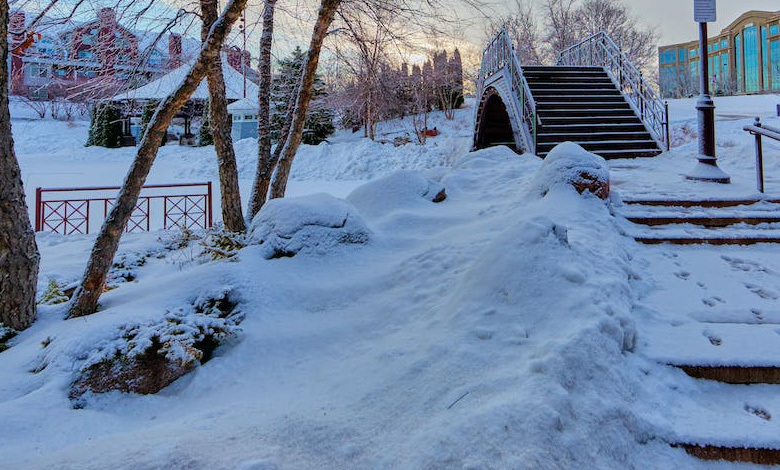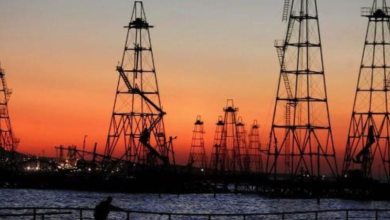Snowy Bliss or Icy Gloom? Predicting Winter’s Nature

As the days grow shorter and temperatures drop, many are beginning to wonder what this winter has in store for us. Will it be a season of pristine snowfall, blanketing landscapes in a serene white, or are we in for a series of chilling ice storms that turn our world into a glittering, albeit treacherous, wonderland?
The answer to these winter weather questions can be elusive, but forecasts and insights from meteorological experts can offer us a glimpse into what might lie ahead. One such source of information is the U.S. Winter Outlook released by the National Oceanic and Atmospheric Administration (NOAA), which sheds light on what we can expect as winter approaches.
Winter is closer than you think. National Oceanic and Atmospheric Administration winter weather predictions for the DMV. More precipitation is expected.
According to 7News First Alert meteorologist Mark Peña, the winter months of December and February may have slightly above-average precipitation. He warned that this could be wet or frozen precipitation, not snow.
Warmer In The North, Wetter In The South
The NOAA’s Winter Outlook, based on extensive data and scientific analysis, provides some key takeaways. One prominent feature of this outlook is the anticipation of warmer temperatures in the northern regions of the United States. This suggests that states like those in the northern Midwest and the Northeast could experience milder winter conditions compared to previous years.
Conversely, the outlook also points to a wetter winter in the southern states, especially in the Southeast and along the Gulf Coast. This forecast suggests an increased likelihood of precipitation in the form of rain, but as temperatures drop, it’s important to keep an eye on the potential for freezing conditions.
Know About The Variables
While this outlook gives us valuable information about the broader trends we might encounter, predicting the specifics of winter weather remains a complex challenge. The exact mix of snow, rain, and ice that a region will experience can vary significantly from year to year, influenced by a myriad of meteorological factors. Understanding these variables can provide insights into the potential for snow and ice storms.
1. The Arctic Oscillation (AO) is a climatic phenomenon that affects the jet stream’s behavior. A positive AO typically leads to a more northern track for storm systems, increasing the chance of colder air reaching southern regions and causing winter storms.
Read More: Transparency for Climate Action: The African Perspective
2. The presence of El Niño or La Niña in the equatorial Pacific Ocean can significantly impact winter weather patterns in the United States. El Niño tends to bring wetter and cooler conditions, which could lead to more snowfall, while La Niña can result in drier and warmer winters.
3. The topography and geographic features of an area play a crucial role in determining the type of winter precipitation it receives. Mountainous regions often experience heavier snowfall, while coastal areas are more prone to freezing rain.
Be Ready for Unknown:
Winter weather predictions are essential for planning and preparedness. While the NOAA’s Winter Outlook provides valuable insights, it’s important to remember that weather can be unpredictable. The best course of action is to be prepared for a range of conditions, from snow and ice to rain and freezing temperatures.
This winter, whether you’re hoping for snow days or mild weather, it’s best to stay informed about local forecasts and heed the guidance of weather experts. Have your winter essentials ready, from snow shovels and ice melt to warm clothing and emergency supplies, ensuring you’re prepared for whatever the season may bring.
In the end, the age-old question of whether we’ll see more snow or ice storms this winter may not have a definitive answer. But with the information and resources at our disposal, we can embrace the beauty and challenges of winter with confidence and readiness.
Want To Travel This Winter?
Northern Alaska, parts of California to the south-central Rockies, the southern Plains, Gulf Coast, Southeast, and lower mid-Atlantic are expected to be wetter than average.
Dryer-than-average conditions are expected in the northern Rockies and central Great Lakes, especially Michigan, northern Ohio, and Indiana.



